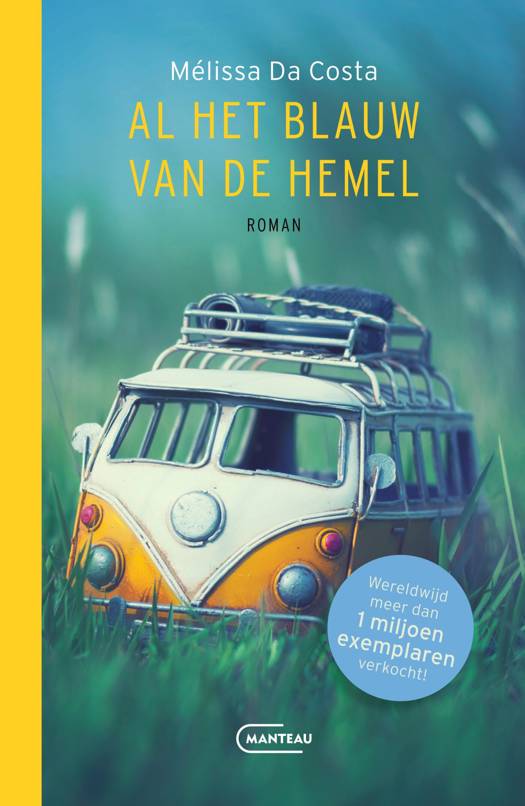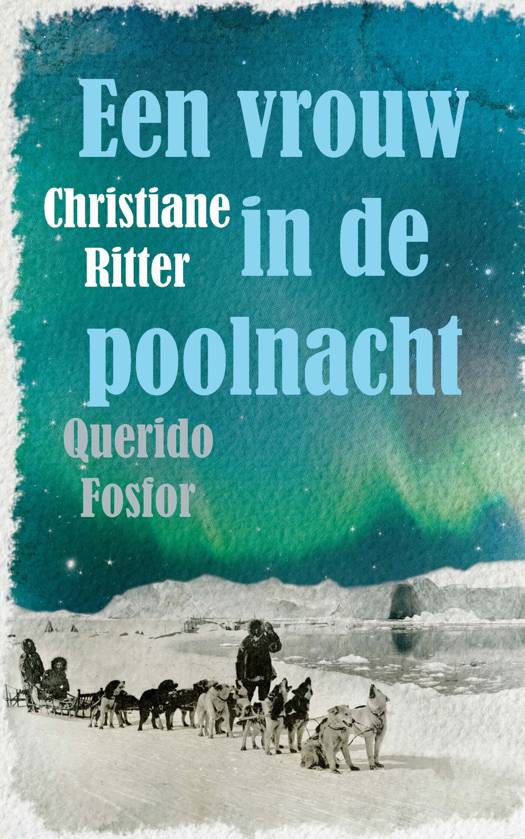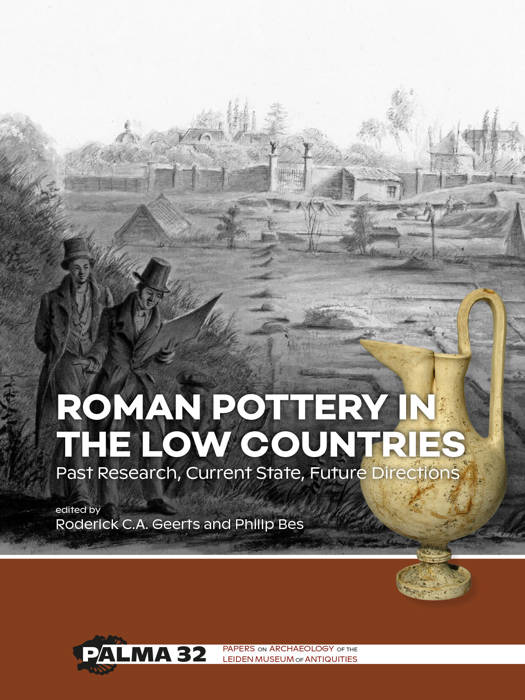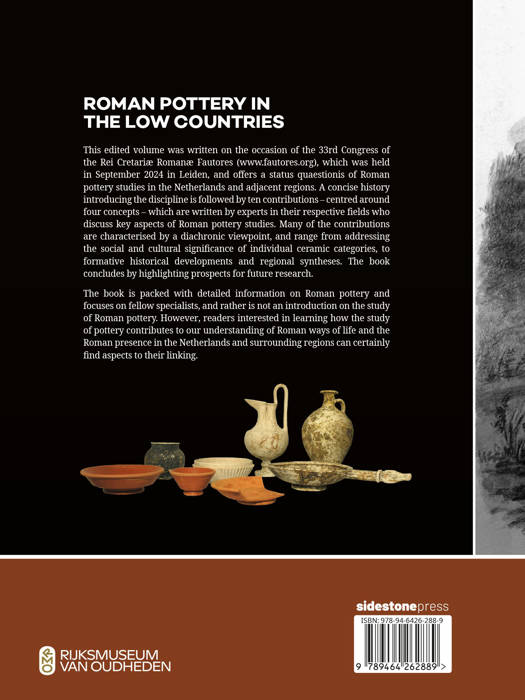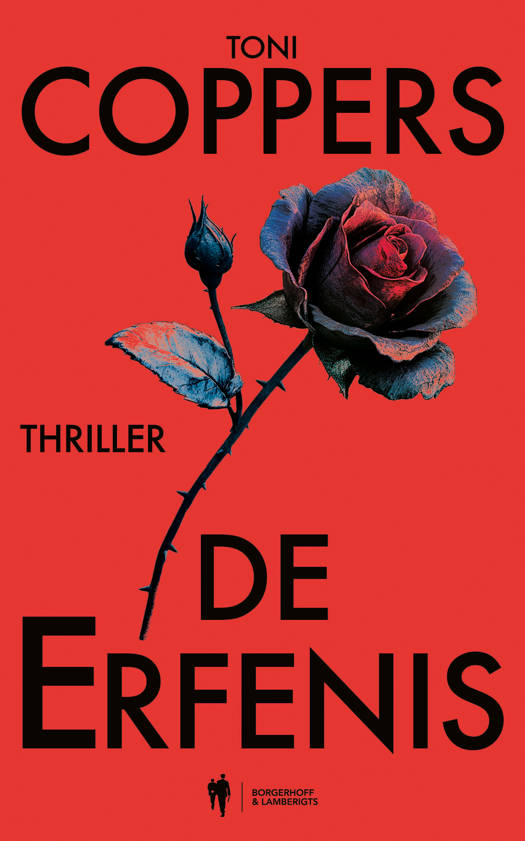
- Afhalen na 1 uur in een winkel met voorraad
- Gratis thuislevering in België vanaf € 30
- Ruim aanbod met 7 miljoen producten
- Afhalen na 1 uur in een winkel met voorraad
- Gratis thuislevering in België vanaf € 30
- Ruim aanbod met 7 miljoen producten
Zoeken

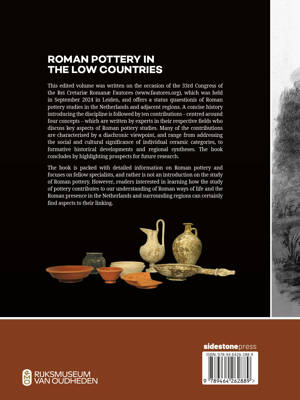
€ 35,00
+ 70 punten
Uitvoering
Omschrijving
This edited volume was written on the occasion of the 33rd Congress of the Rei Cretariæ Romanæ Fautores (www.fautores.org), which was held in September 2024 in Leiden, and offers a status quaestionis of Roman pottery studies in the Netherlands and adjacent regions. A concise history introducing the discipline is followed by ten contributions - centered around four concepts - which are written by experts in their respective fields who discuss key aspects of Roman pottery studies. Many of the contributions are characterized by a diachronic viewpoint, and range from addressing the social and cultural significance of individual ceramic categories, to formative historical developments and regional syntheses. The book concludes by highlighting prospects for future research.
The book is packed with detailed information on Roman pottery and focuses on fellow specialists, and rather is not an introduction on the study of Roman pottery. However, readers interested in learning how the study of pottery contributes to our understanding of Roman ways of life and the Roman presence in the Netherlands and surrounding regions can certainly find aspects to their linking.
The book is packed with detailed information on Roman pottery and focuses on fellow specialists, and rather is not an introduction on the study of Roman pottery. However, readers interested in learning how the study of pottery contributes to our understanding of Roman ways of life and the Roman presence in the Netherlands and surrounding regions can certainly find aspects to their linking.
Specificaties
Betrokkenen
- Auteur(s):
- Uitgeverij:
Inhoud
- Aantal bladzijden:
- 150
- Taal:
- Engels
- Reeks:
Eigenschappen
- Productcode (EAN):
- 9789464262889
- Verschijningsdatum:
- 3/01/2025
- Uitvoering:
- Paperback
- Formaat:
- Trade paperback (VS)
- Afmetingen:
- 211 mm x 279 mm
- Gewicht:
- 608 g

Alleen bij Standaard Boekhandel
+ 70 punten op je klantenkaart van Standaard Boekhandel
Beoordelingen
We publiceren alleen reviews die voldoen aan de voorwaarden voor reviews. Bekijk onze voorwaarden voor reviews.



